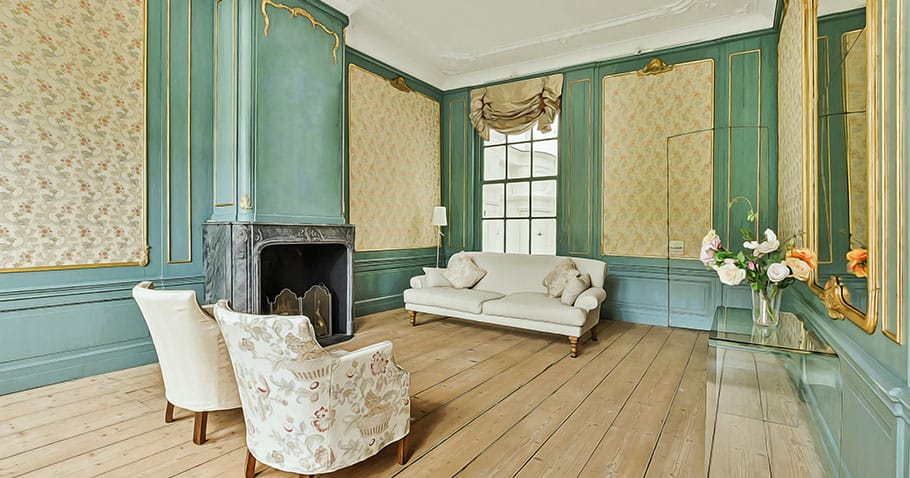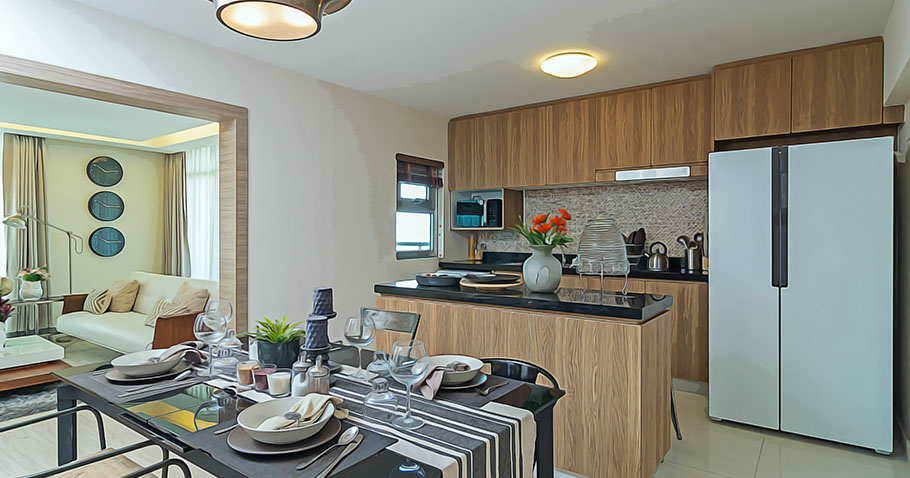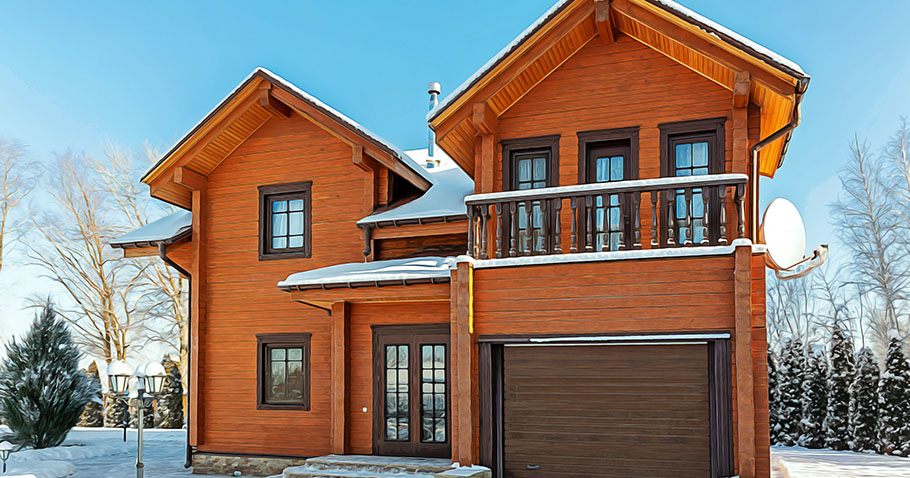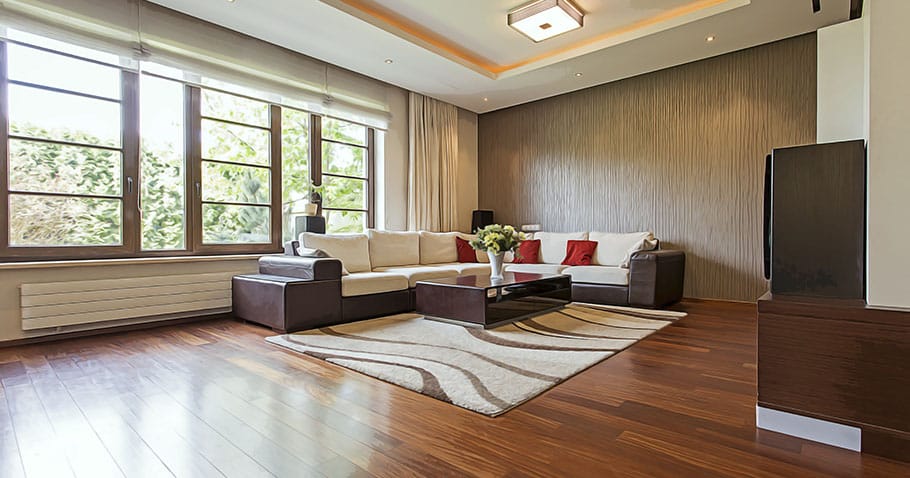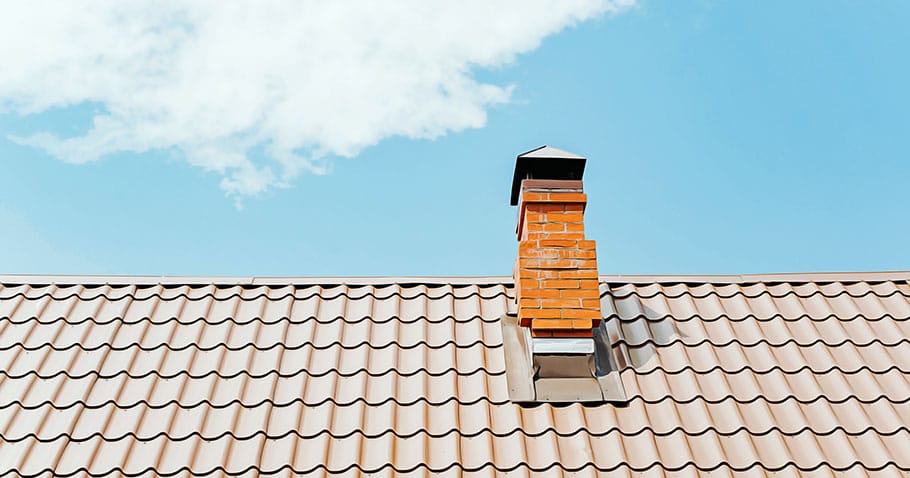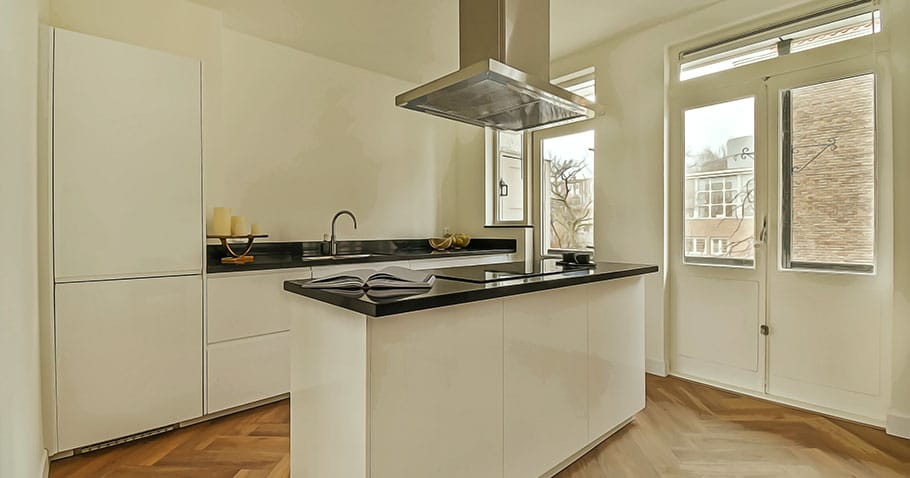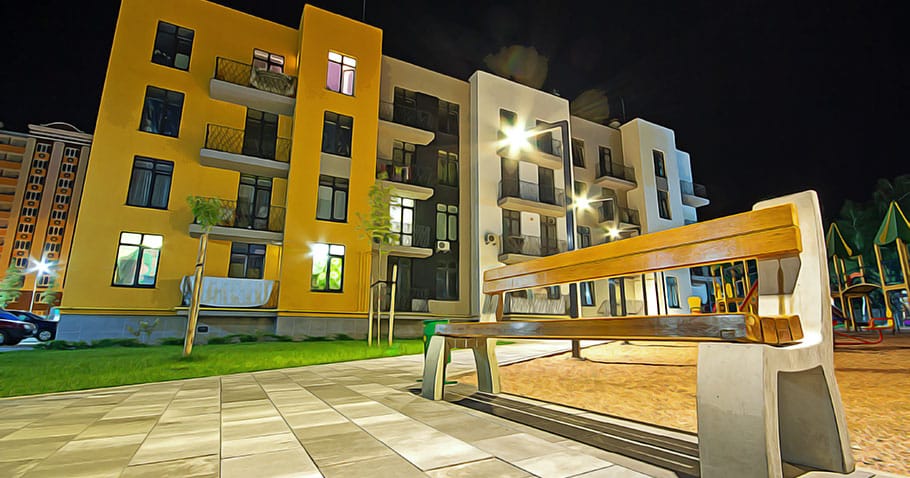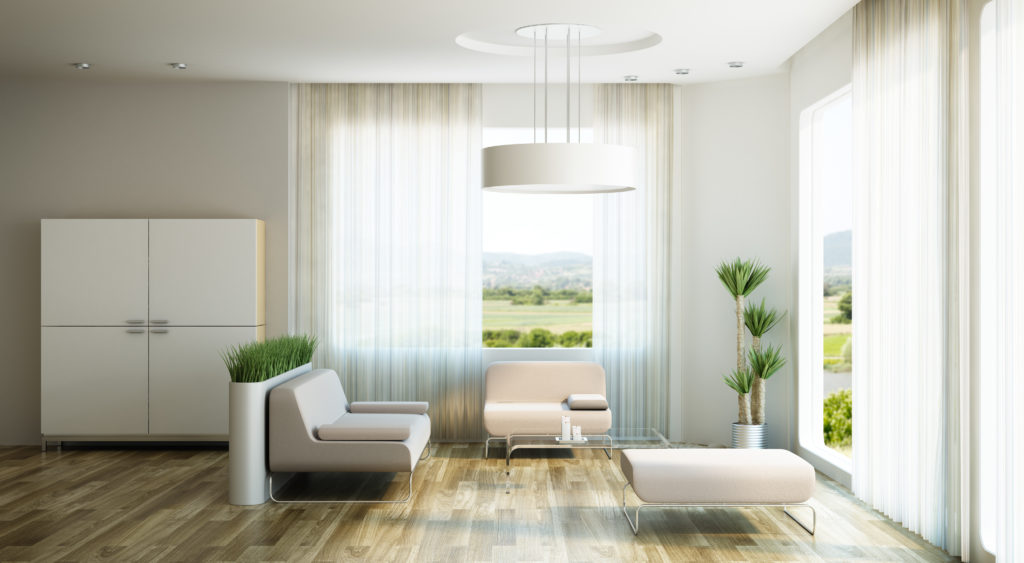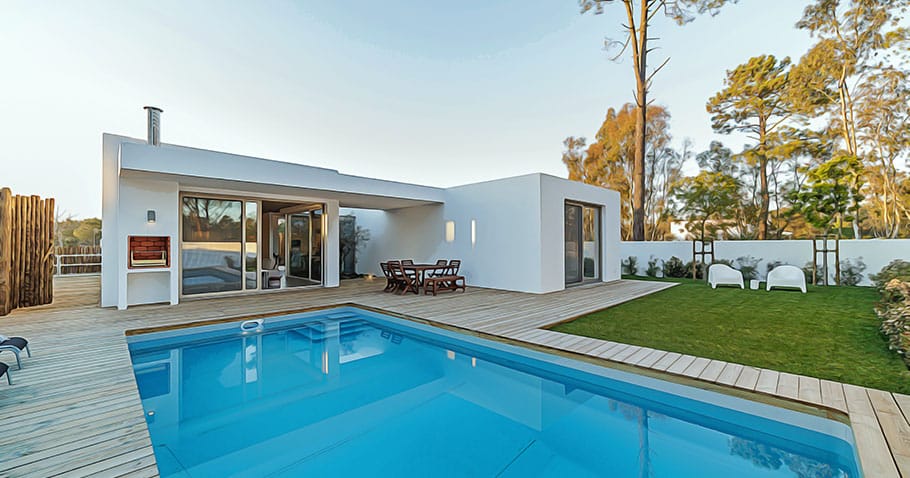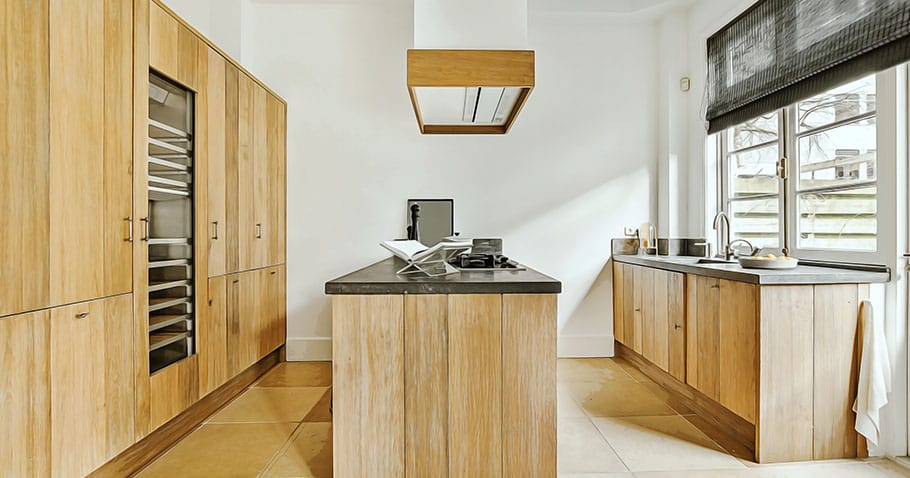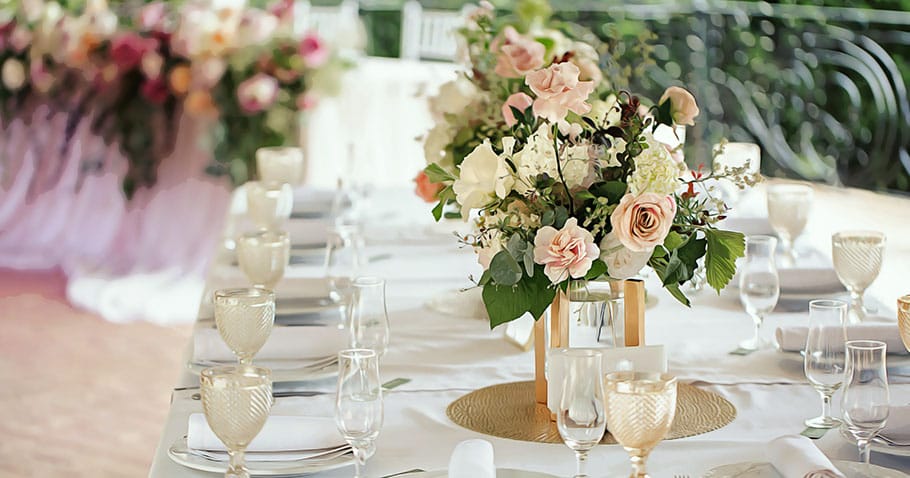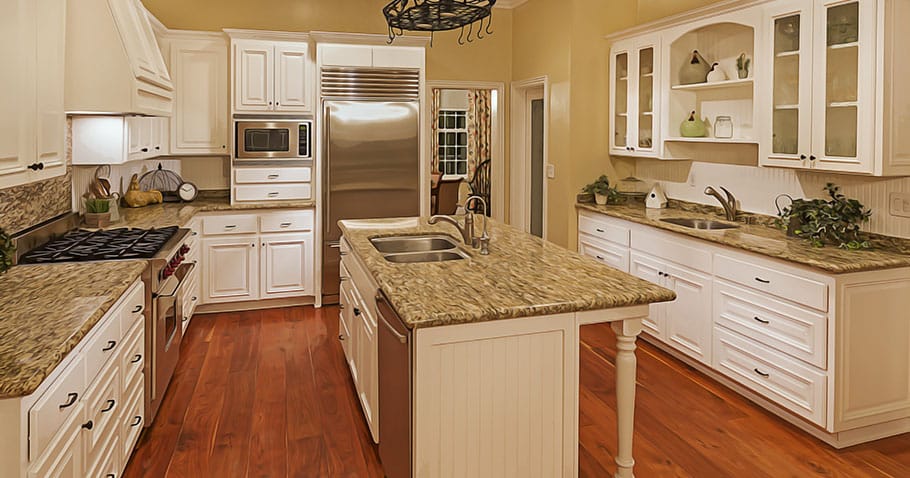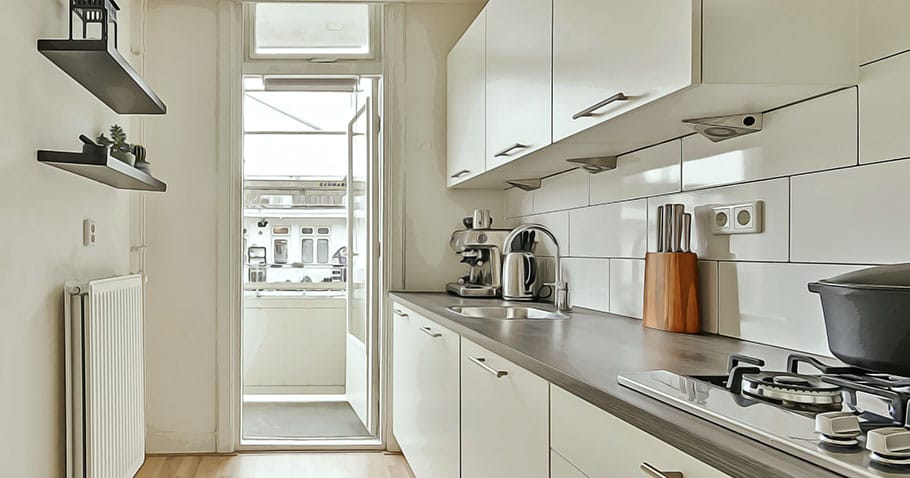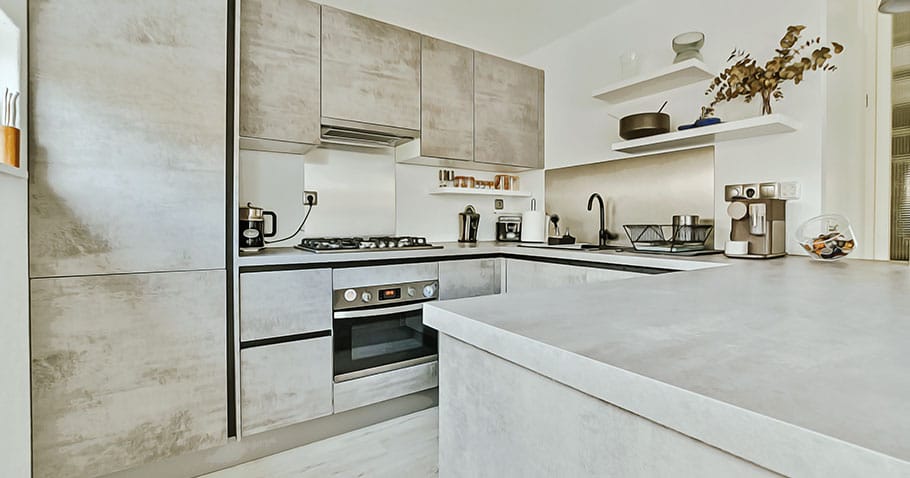A complete rug guide for your living room
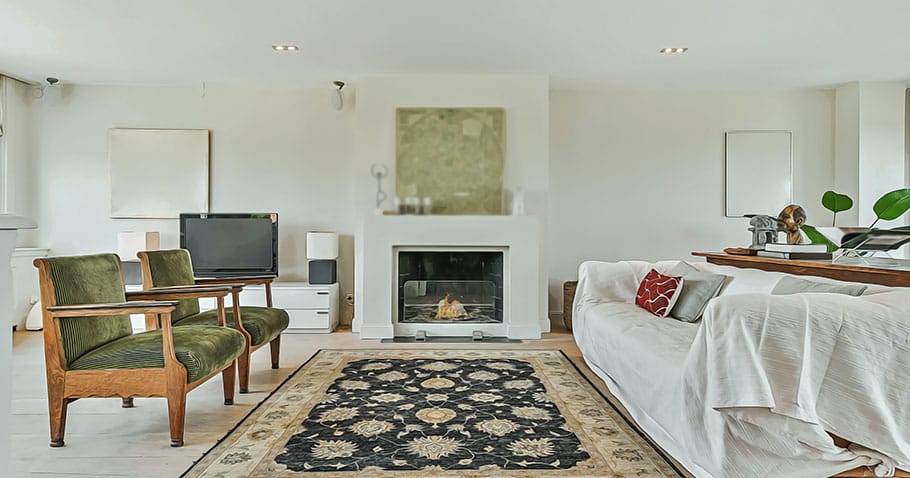
The visual appeal, comfort, and functionality of a living room can be greatly influenced by the choice of rugs. The material composition of a rug plays a pivotal role in determining attributes like durability, comfort, and maintenance requirements, while also impacting the cost. A prime example is the contrast between the higher cost of antique rugs compared to standard cotton rugs.
Rug Materials
This article aims to provide an insightful exploration of rug materials, delving into the properties of materials such as wool, cotton, silk, and more. This knowledge empowers homeowners to make informed decisions when selecting rugs for their living spaces.
Wool: Durability and Comfort
Wool rugs, a timeless classic, are revered for their durability, luxury, and comfort. Sourced from sheep, wool’s inherent resilience makes it a preferred choice for high-traffic areas. Its elasticity allows it to rebound from compression, maintaining its pile height over time. Wool is also hypoallergenic, naturally resisting dust mites and microbial growth. However, its price point may be higher, and specialized cleaning may be necessary.
Cotton: Affordability and Versatility
Cotton rugs, recognized for its affordability and versatility, is another common rug material. Easy to clean and often machine-washable, cotton rugs are practical choices for households with children or pets. While soft and lightweight, they lack the plushness of wool. They may show signs of wear faster and fade over time, particularly in high-traffic areas.
Silk: Luxury and Elegance
Silk is synonymous with luxury and opulence, offering softness and a subtle sheen. Silk rugs Virginia bring unmatched elegance to any living room, thanks to intricate designs and rich colors. However, silk’s delicacy means it’s best suited for low-traffic areas, as it can reveal footprints and vacuum tracks. Professional cleaning is necessary due to silk’s sensitivity to water and chemicals, and its cost tends to be higher.
Synthetic Materials: Durability and Affordability
Synthetic materials like nylon, polypropylene, and polyester are known for durability, stain resistance, and affordability. They can mimic natural materials, appealing to budget-conscious homeowners. Nylon boasts resilience and color retention, while polypropylene is water-resistant and suitable for indoor-outdoor use. Polyester is soft and resistant to stains, but synthetic rugs may not match the luxury of natural materials and may have a shorter lifespan.
Strategic Rug Placement
Rug placement is crucial for enhancing room aesthetics and cohesion. Properly positioning a rug relative to furniture is pivotal to achieve a balanced, harmonious look. Rugs often anchor the main seating area, visually framing furniture and creating a sense of intimacy. While ideally, all furniture should rest on the rug, if smaller, having only the front legs on the rug maintains unity while exposing some floor.
Open-Plan Spaces and Rug Placement
In open-plan spaces, rugs play a role in defining zones. Placing a rug strategically helps distinguish different areas within a larger space, adding structure. The rug’s size and placement should delineate the designated area without encroaching on neighboring zones, maintaining distinct identities for each space.
Rug Placement and Room Dimensions
Rug placement in the living room influences room dimensions. A small rug can make a room feel disjointed and compact, while a large rug can overwhelm the space. A well-sized rug can emphasize the room’s length or width, extending visual perception. Aligning a rectangular rug with the longer room dimension can visually elongate the space. Similarly, it also impacts the staging and other areas.
Consideration for Walkways and Lighting
Avoid impeding traffic flow when placing a rug. Ensure ample space around the rug, particularly in high-traffic areas, for easy movement. Rug placement also impacts lighting. Light-colored rugs reflect light, enhancing brightness, while dark rugs absorb light, fostering a cozy ambiance. Lighting conditions should guide rug placement.
Rug Placement and Focal Points
Rug placement accentuates a room’s focal point. Whether drawing attention to an existing focal point or becoming the focal point itself, the rug’s design and color significantly affect the room’s aesthetics.
Rug Placement for Transitions and Themes
Rugs aid transitions between spaces and themes. Rugs extending toward connecting spaces guide seamless movement between rooms. Harmony between rug placement and the room’s theme is pivotal. Minimalist rooms benefit from a centrally placed rug with simple designs, while eclectic spaces can accommodate diverse rug sizes, colors, and designs.
Choosing the Perfect Rug Size
Selecting the appropriate rug size is essential for achieving a well-balanced and visually pleasing living room. An undersized rug can make the furniture arrangement feel disconnected, while an oversized rug might overwhelm the space. To determine the right size, ensure that all key furniture pieces comfortably fit on the rug, creating a cohesive and harmonious look. Avoid choosing cheap rugs that are smaller in case your room is much larger. However, if you have a small room, you can go for smaller rugs.
Layering Rugs for Texture and Depth
Layering rugs is a creative way to add texture and depth to your living room. By placing a smaller rug on top of a larger one, you introduce visual interest and create a dynamic focal point. Experiment with contrasting patterns, colors, and textures to achieve a layered effect that complements your overall design scheme.
Considering Rug Pile Height
The pile height of a rug, referring to the thickness of its fibers, impacts the overall feel and appearance of your living room. High-pile rugs offer a soft and plush texture, adding coziness to the space. On the other hand, low-pile rugs provide a sleek and more structured look, making them ideal for high-traffic areas. Consider your comfort preferences and the room’s functionality when choosing the appropriate pile height.
Maintaining and Cleaning Different Rug Materials
Proper maintenance and cleaning are crucial for prolonging the life of your rugs. Different materials have varying cleaning requirements. Wool rugs may benefit from regular vacuuming and professional cleaning, while cotton rugs can often be machine-washed. Silk rugs, being delicate, require specialized care. Synthetic rugs are generally easy to clean but may still need occasional attention to maintain their appearance. Understanding the care instructions for each material ensures your rugs stay looking their best.
Incorporating Rug Shapes and Patterns
Beyond material and size, the shape and pattern of a rug contribute to the room’s overall design. Rectangular rugs are the most common choice, but round rugs can soften angular spaces and add visual interest. The pattern of the rug can either harmonize with existing décor or become a statement piece on its own. Stripes, geometric designs, and intricate motifs can all contribute to the room’s character.
Conclusion
Selecting the right rug for your living room involves a comprehensive understanding of materials and strategic placement. Whether you prioritize wool’s durability, cotton’s versatility, silk’s elegance, or synthetic materials’ affordability, each choice aligns with unique lifestyles and design goals. Consider all aspects before investing, and don’t hesitate to ask for guidance when purchasing from experts, such as Persian rugs VA dealers.






